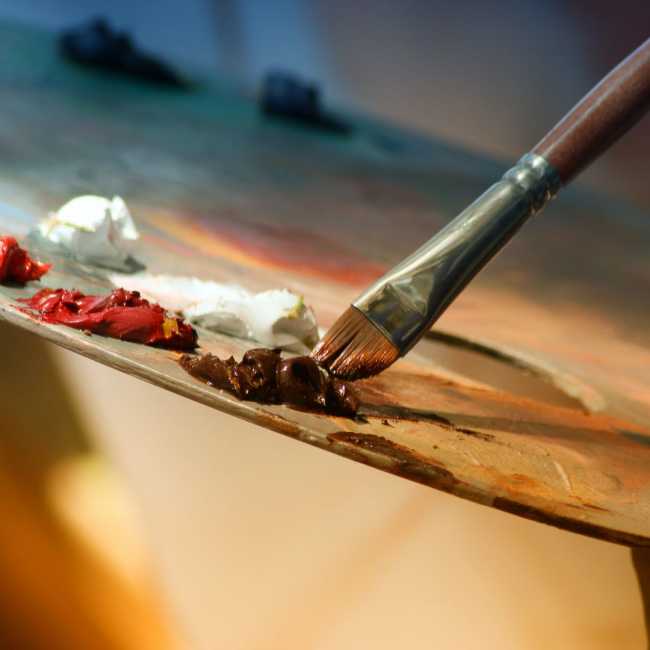Phone: (647) 894 7706

There are different types of strokes you can learn in oil painting classes. Each stroke has a different purpose and can create a different effect. Here are some of the most common strokes you will learn in oil painting class:
This is the most basic type of stroke. It is used to create a smooth, even layer of paint on the canvas.
This stroke is used to create texture and depth on the canvas. It is created by applying paint in short, broken strokes.
This stroke is used to create a rough, textured effect on the canvas. It is created by using a dry brush (one that has very little paint on it) and applying it to the canvas in short, quick strokes.
This is done by applying wet paint directly onto a dry surface. This stroke is often used to create texture or add depth to a painting.
This is done by applying dry paint onto a wet surface. This stroke is often used to create blended colours or soft edges.
This is done by applying a thin layer of paint over an already-dry surface. This technique is often used to add colour or transparency to a painting.
A glaze is a thin, transparent layer of paint that is applied over another layer of paint. Glazes can be used to create a variety of effects, such as changing the colour of an underlying layer, adding depth and dimension to a painting, or creating a soft, muted effect.
Impasto is a technique in which thick layers of paint are applied to the canvas. This technique can be used to create textural effects, such as making an area of the painting look like it is raised off the surface.
Scumbling is a technique in which thin layers of paint are applied over an underlying layer in a random, irregular pattern. This technique can be used to create a variety of effects, such as adding texture or depth to a painting or creating a distressed or weathered look.
Enroll yourself with the VR School of Arts to master the art of painting. We offer quality drawing classes in Toronto.